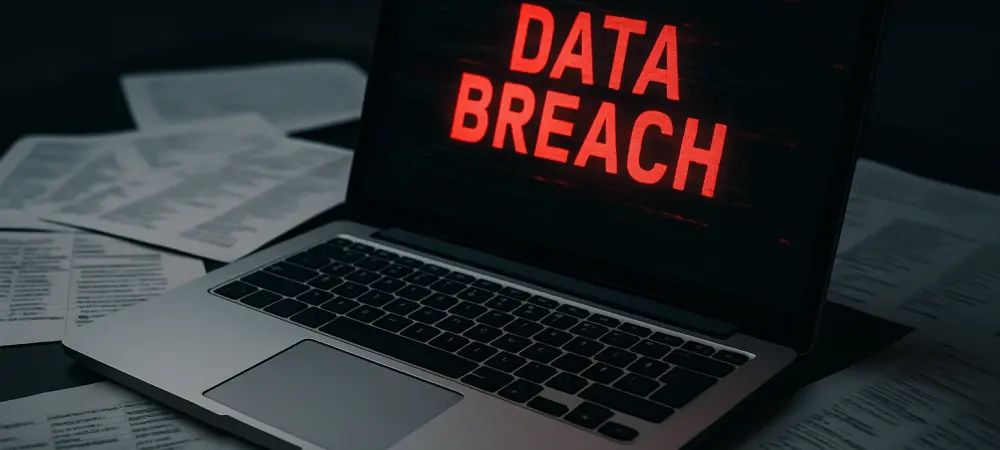In an era where digital safety is paramount, a staggering breach at Tea, a women-only dating app designed to prioritize user security, has sent shockwaves through the tech and cybersecurity communities. This incident, affecting users registered before early 2024, exposed approximately 72,000 user images, including sensitive selfies and identification documents used for verification purposes. Beyond the sheer volume of exposed data, the breach raises profound concerns about the protection of personal information on platforms that cater to vulnerable demographics seeking safe online environments. The event not only highlights the fragility of trust in digital spaces but also underscores the persistent challenges dating apps face in balancing innovative safety features with robust cybersecurity. As details of the breach unfold, it becomes clear that understanding the root causes and implications is essential for both users and developers striving to prevent such incidents in the future.
Unpacking the Vulnerability in Tea’s Infrastructure
The core of Tea’s data breach lies in critical vulnerabilities within its data storage infrastructure, which hackers exploited to bypass access controls and extract personally identifiable information. Approximately 13,000 sensitive images, including verification documents, and 59,000 images from posts, comments, and direct messages were accessed, painting a grim picture of the scale of exposure. Technical analysis suggests that legacy database architecture and outdated API endpoints, likely lacking proper input validation, created an entry point for unauthorized access. While encryption for email addresses and phone numbers remained intact, preventing deeper compromise through common attack vectors, the incident reveals how even partial breaches can have devastating consequences. This situation emphasizes the importance of modernizing systems and implementing stringent security protocols to safeguard user data against increasingly sophisticated cyber threats.
Moreover, the breach at Tea serves as a stark reminder of the risks inherent in handling biometric and personal data, especially for apps targeting specific demographics with heightened safety needs. The exploitation of these weaknesses not only compromised user privacy but also exposed gaps in the app’s promised zero-knowledge architecture, which was marketed as a cornerstone of anonymity. Despite the absence of evidence pointing to SQL injection or cross-site scripting as methods of attack, the incident highlights how even well-intentioned platforms can falter under the weight of outdated technology. For many users, this breach shatters the illusion of security, prompting broader questions about the reliability of dating apps in protecting sensitive information. The fallout from such incidents often extends beyond immediate data loss, influencing public perception and trust in digital safety solutions.
Tea’s Response and the Path to Recovery
In the wake of the breach, Tea swiftly engaged third-party cybersecurity experts to conduct forensic analysis and penetration testing, aiming to identify and address the exploited weaknesses. Emergency patches were deployed, alongside enhanced intrusion detection systems and reinforced security measures to prevent similar incidents moving forward. Compliance with GDPR standards and the maintenance of end-to-end encryption for user communications were prioritized as part of these efforts. However, the breach has cast doubt on the effectiveness of the app’s foundational security promises, particularly its commitment to user anonymity. The response, while prompt, faces scrutiny over whether these measures are sufficient to restore confidence among users who entrusted the platform with highly personal data, especially given the sensitive nature of the exposed content.
Interestingly, despite the negative publicity, Tea witnessed a surprising surge in interest, with over two million new registration requests following the disclosure. This unexpected growth suggests a complex public perception, where the app’s mission to provide a safe dating environment for women, coupled with unique features like blockchain-based identity verification, still resonates. Yet, this influx of interest does not negate the erosion of trust among existing users affected by the breach. Rebuilding that trust will require transparent communication about the steps taken to secure data and prevent future vulnerabilities. The incident illustrates the delicate balance between innovation and security, showing that even niche platforms must prioritize robust defenses to maintain user loyalty in an era of heightened cyber risks.
Lessons Learned for the Dating App Industry
Reflecting on the breach, it became evident that the exposure of 72,000 user images at Tea was a critical wake-up call for the dating app industry. It highlighted the urgent need for continuous updates to security infrastructure, especially for platforms with legacy systems that may no longer meet modern cybersecurity standards. Regular security audits, robust access controls, and proactive measures emerged as non-negotiable elements in protecting sensitive user information. The incident also underscored the unique challenges faced by apps catering to specific demographics, where the stakes of data protection are exceptionally high due to the personal nature of the content shared. This event served as a reminder that innovation in user safety features must be matched by equally strong safeguards to prevent breaches.
Looking ahead, the path forward for Tea and similar platforms involves sustained efforts to strengthen defenses and rebuild user trust through actionable improvements. Adopting best practices, such as frequent system updates and transparent reporting of security incidents, proved essential in navigating the aftermath. Collaboration with cybersecurity experts to anticipate and mitigate future threats also became a priority. The breach at Tea ultimately offered a valuable case study, illustrating both the potential and pitfalls of technology-driven solutions for personal safety. By addressing these lessons, the industry can better safeguard users in an increasingly digital world, ensuring that trust and security remain at the forefront of app development.

